Sci-Fi, Technology, Time
The Science of Cryosleep: How Close Are We to Deep Space Naptime?
But here’s the real question: how close are we to making this sci-fi staple a reality?
Let’s be honest—space is huge. Like, “you’ve-gotten-through-three-packs-of-Tang-and-you’re-still-not-at-Mars” huge. So it’s no surprise that one of the most enduring concepts in science fiction is also one of the most appealing: cryosleep.
You know the drill—our plucky explorers climb into sleek pods, a soothing mist fills the chamber, and whoosh—they’re frozen in time, peacefully snoozing until they wake up on a distant exoplanet, ready to save humanity, fight aliens, or realize they brought the wrong planet’s map.
But here’s the real question: how close are we to making this sci-fi staple a reality? Can we actually knock people out and stick them in a human freezer for six months, a decade, or longer—and expect them to wake up chipper and intact? Let’s take a look at the actual science behind cryosleep and where it’s headed.
Wait… Is Cryosleep Even a Real Thing?
Kind of. Sort of. Not yet—but we’re working on it.
Cryosleep (or cryogenic sleep, or therapeutic hypothermia if you want to impress at parties) is the idea of slowing down a human’s metabolic processes to near-suspended animation. We’re talking heart rate, brain activity, everything—basically hitting the “pause” button on the body.
Now, we don’t yet have the ability to freeze someone solid and defrost them like a Hot Pocket, but scientists are making headway in some promising areas:
✅ Therapeutic Hypothermia
Used in emergency medicine today, this involves cooling patients down to slow brain damage after cardiac arrest or traumatic injury. It’s not full-on hibernation, but it’s proof we can safely reduce body temperature to help the body survive longer without oxygen.
✅ Hibernation Research in Animals
Researchers are studying animals that naturally hibernate, like bears, squirrels, and some frogs that literally freeze solid and thaw out again. (Frogs, it turns out, are doing the hard sci-fi work for us.) There’s even research exploring inducing torpor in non-hibernating animals, including pigs and monkeys, to see how long metabolic activity can be suppressed without long-term harm.
✅ NASA and ESA Studies
NASA and the European Space Agency have invested real resources into studying how cryosleep (or torpor) could benefit long-duration space missions. The biggest hurdles are muscle atrophy, blood clotting, and keeping the body from shutting down in bad ways, but the agencies are optimistic. One NASA concept mission suggests two-week sleep/wake cycles to reduce risks and manage crew health.
✅ The SpaceWorks Study
One of the most cited projects is a company called SpaceWorks Enterprises, which proposed torpor states as part of a Mars mission architecture. The idea is to cool astronauts to 32°C (89.6°F) and sedate them for periods of 14 days, cycling in and out to reduce mass, food, oxygen needs—and probably cabin fever.
So are we cryo-ready? Not yet. But we’ve moved past “pure fantasy” into “plausible in a few decades with funding and caffeine.”
Why Do We Want Cryosleep Anyway?
It’s not just about skipping the in-flight peanuts. Cryosleep could revolutionize space travel by:
- Reducing supplies needed per astronaut (less food, water, oxygen = lighter ship).
- Minimizing psychological stress (no offense to your crewmates, but six months in a tin can? Yeah.)
- Avoiding muscle/bone degeneration with potential health benefits from metabolic slowdown.
- Allowing more complex, longer-term missions to deep space without aging your entire crew.
Cryosleep could also have medical applications here on Earth—especially in trauma care, battlefield medicine, or even extending life in terminal cases while treatments are developed. (Yes, that’s getting close to sci-fi’s other favorite trope: cryogenically freezing yourself until the cure for your condition exists.)
Sci-Fi and Cryosleep: A Love Story
Oh, cryosleep and science fiction. You’ve been inseparable for decades.
From 2001: A Space Odyssey to Alien to Interstellar to Passengers to The Expanse, cryosleep is the go-to device for fast-forwarding time, keeping characters young, or delivering a nasty plot twist when someone wakes up too early (or never wakes up at all).
Sci-fi uses cryosleep to:
- Skip boring transit scenes.
- Introduce mystery (“why did only one pod malfunction?”).
- Deliver emotional gut punches (“your family’s all dead, welcome to the 32nd century!”).
- Inject horror (see: Prometheus, Event Horizon, Pandorum).
Writers love it because it gives freedom to play with time, memory, isolation, and identity. Just imagine: your character boards a ship in 2099 and wakes up 400 years later in a society that thinks tacos are a myth and houseplants are outlawed. That’s good drama.
So… When Can I Nap My Way to Mars?
Here’s the current status:
- We can cool humans down for short periods.
- We are learning how to induce torpor and reduce metabolic activity.
- We haven’t cracked full-body, long-term cryogenic freezing and reanimation (sorry, Walt Disney).
- But we’re closer than ever—and it’s a major research focus for space agencies planning human missions to Mars and beyond.
If you’re under 50 and thinking about a long nap to wake up on Proxima b… maybe don’t book your pod yet, but keep your suit pressed just in case.
Final Thought
Cryosleep might not be here today, but it’s not science fiction’s playground alone anymore. It’s a developing science with real implications—and for authors like us, that’s pure gold. Because whether or not we freeze anyone in real life, cryosleep lets us explore the biggest questions:
What happens when we pause our lives to chase the stars?
What do we find waiting when we wake up?
And most importantly—can someone please make sure the pod has a coffee maker? Because if I’m going to sleep for 30 years, I want a double shot waiting when I wake up.
About Leif J. Erickson
Leif J. Erickson is a science fiction and fantasy author from a small farming community in west central Minnesota. Using his time wisely when he was a farmer, Leif developed many ideas, characters, and storylines to create over fifty unique first drafts and outlines for stories. From his start in a small town school, to college at North Dakota State University, back to his family farm, then to the bright lights of Minneapolis, Minnesota, and back to his small farming town, Leif has always had a love of writing.
When Leif isn’t writing he can be found with his wife hiking in state parks, canoeing local lakes and rivers, exploring local and regional ghost towns, experiencing museums, or simply reading or hanging out with friends and family. Leif draws on the local nature and ecology to find inspiration for his writing while he also asks what’s possible for technology and the human race, weaving them together for amazing stories that will stay with the reader for years to come. Leif looks forward to having many novel and story releases in the years to come.
You can see all of Leif’s Books here: Leif’s Amazon Author Page

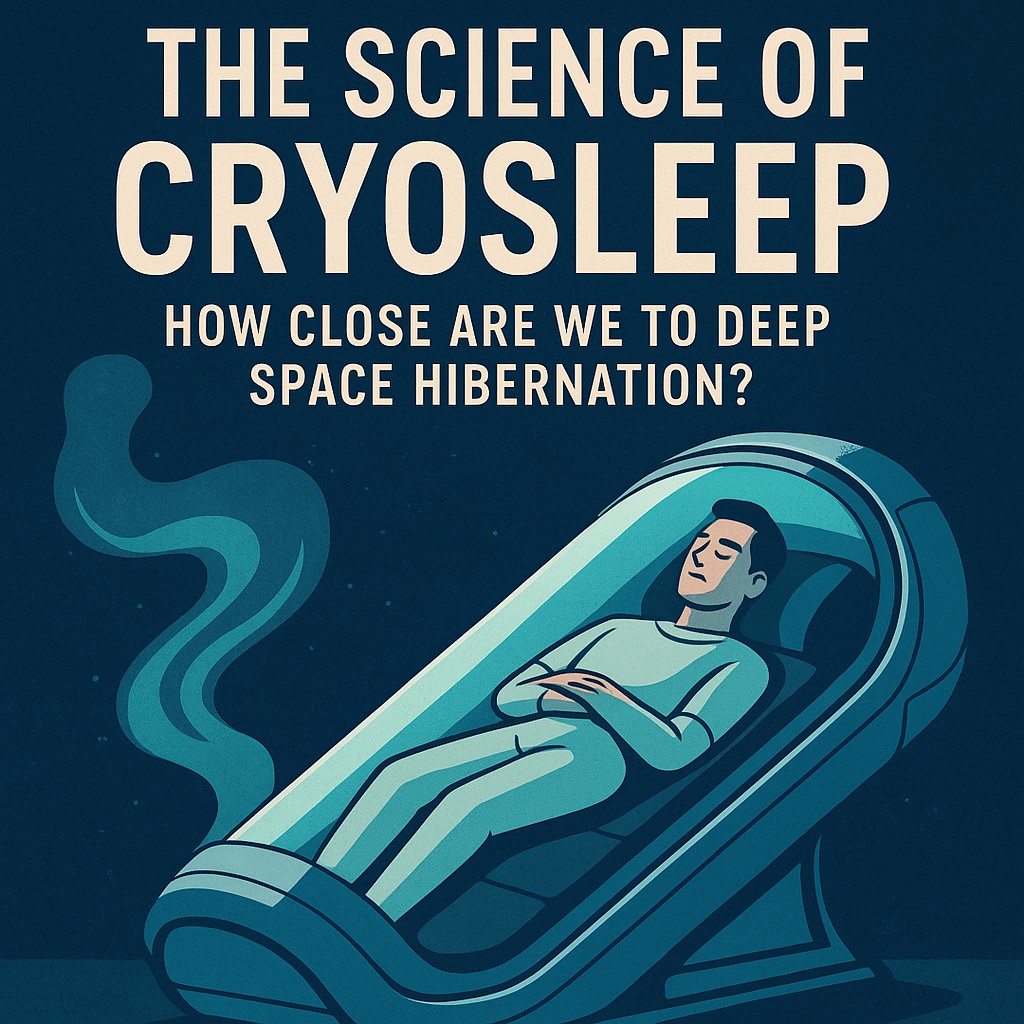




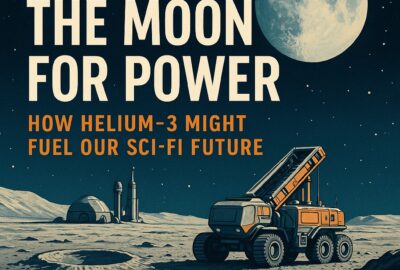
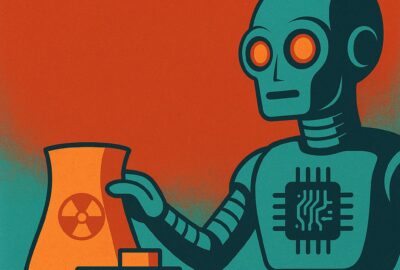


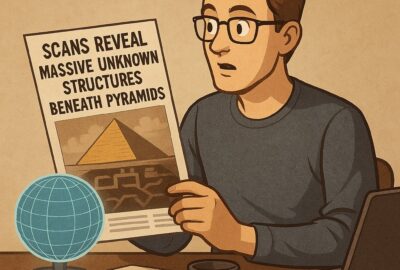

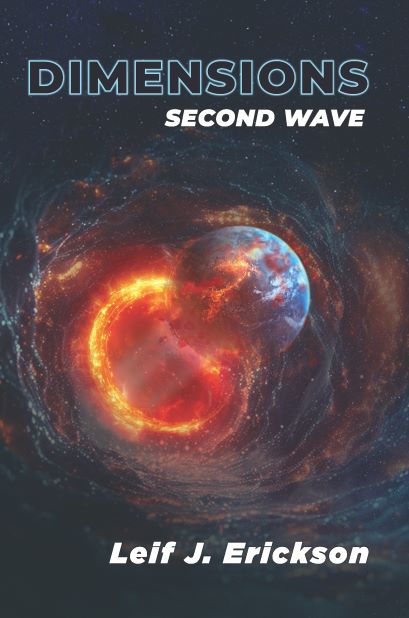
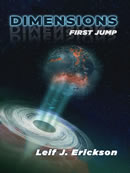

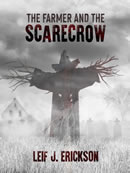
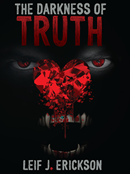

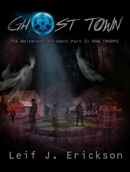
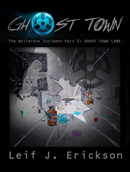
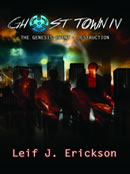
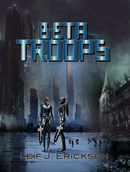

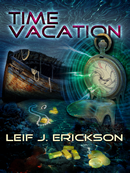
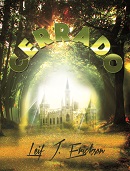




Leave a reply
You must be logged in to post a comment.